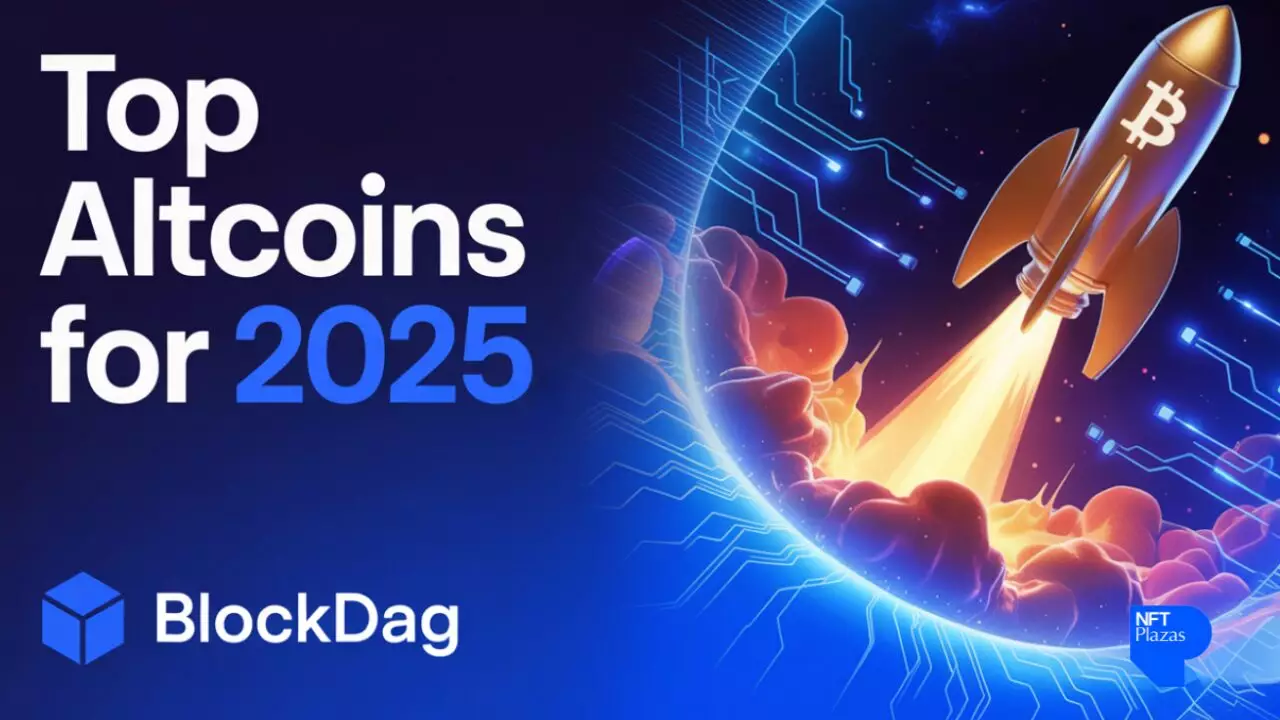In an age where financial innovation often masquerades as progress, the emergence of Bitcoin (SOL), Litecoin (LTC), and Hedera Hashgraph (HBAR) ETFs signals a pivotal yet perilous shift in the investment landscape. These ETFs aim to democratize access to cryptocurrencies, ostensibly providing retail investors a safer gateway into the volatile world of altcoins. However, beneath this veneer of accessibility lies a complex web of risks and unintended consequences that threaten to distort market fundamentals. The exciting narratives surrounding these products often overshadow questions about their long-term viability and whether they truly democratize or simply tokenize speculative greed.
Why the Hype Masks Potential Market Distortions
The proliferation of ETFs centered on volatile altcoins might appear as a boon for retail investors seeking diversification. Yet, this enthusiasm feeds into a cycle where speculative frenzy is perpetuated under the guise of innovation. These ETFs tend to encapsulate the hype, often inflating valuations beyond intrinsic value. For instance, the recent surge in futures trading on assets like SOL, LTC, and HBAR reflects a broader tendency: trading volume surges not because of organic adoption, but because of institutional strategies to extract quick profits from volatility. The danger lies in these funds potentially becoming the catalysts of asset bubbles—an ominous trend reminiscent of past market excesses, where speculation overrides real utility.
From Democratization to Centralization and Risk Concentration
The promise of democratized access through ETFs often clashes with the reality of increasing centralization. By funneling retail investments into select altcoins through packaged financial products, market power consolidates into the hands of institutional players. This concentration risks undermining the decentralized ethos that initially drove the blockchain revolution. Furthermore, the intertwined nature of these ETFs with traditional financial markets creates systemic vulnerabilities—any sharp correction could cascade across portfolios, igniting broader financial instability.
Critical Outlook on the Regulatory Horizon and Future Implications
While some claim regulatory acceptance legitimizes these innovations, history suggests that regulatory frameworks tend to lag behind financial instruments’ complexity. The recent listing of major tokens like GIGGLE and SynFutures on Binance signals accelerated institutional acceptance; however, this is a double-edged sword. It introduces a veneer of legitimacy, yet invites overreach and potential clampdowns—particularly in jurisdictions keen to regulate or ban crypto speculation altogether. As regulatory agencies sharpen their pencils, the fate of altcoin ETFs remains uncertain—they could either pave the way toward broader mainstream integration or become scapegoats for systemic mismanagement.
The Stark Reality for Investors and the Broader Economy
For those waiting on a miracle to make quick gains, altcoin ETFs are an alluring trap. Their rapid rise signifies a fleeting hope for significant returns but bears a heavy risk of colossal losses. Real sustainable value creation in the cryptocurrency ecosystem hinges on innovation grounded in utility and decentralization, not speculative instruments that merely amplify market volatility. As markets prepare for potentially tumultuous corrections—exacerbated by high-profile price targets like Bitcoin hitting $112,000 or Ethereum approaching $4,200—the fragile scaffolding built on these ETFs could threaten to collapse, causing ripple effects across the financial system.
While the allure of Altcoin ETFs offers brief excitement, the undercurrents of centralization, systemic risk, and regulatory uncertainty reveal a perilous landscape. Investors and stakeholders must approach these products with skepticism, recognizing that beneath the shiny veneer lies a volatile, often toxic, cocktail of speculation and potential chaos. Only by resisting the urge to chase fleeting gains and focusing on genuine blockchain utility can we avoid becoming unwitting pawns in a game driven more by greed than innovation.

